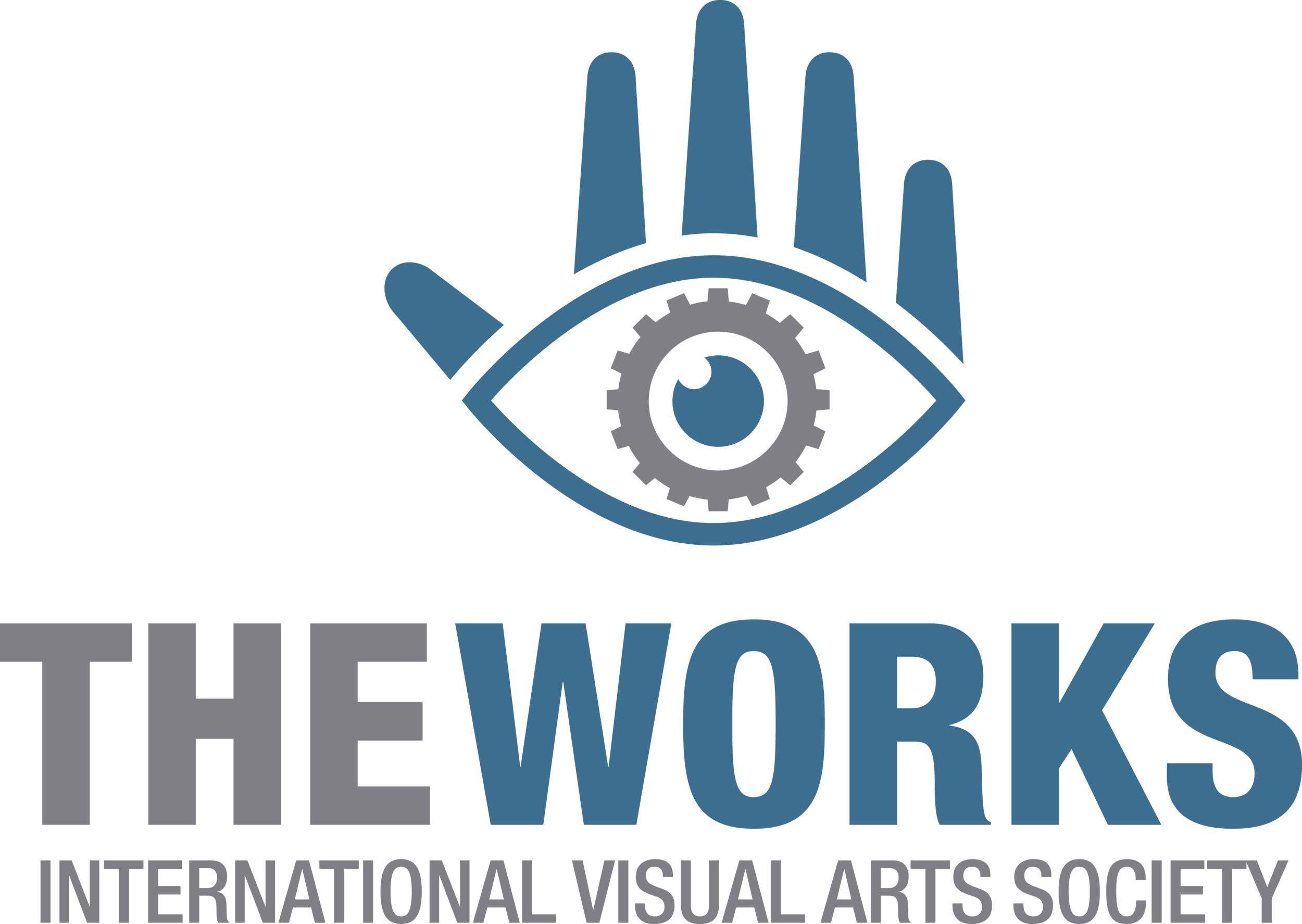Alek (Spider) Flett
Tracy (Billie) Kootenay
Alex Cheesequay, Aleck (Spider) Flett, Carl Giroux, Tracy (Billie) Kootenay, & William (Ceno) St. Savard
With NiGiNan Housing Ventures
ABOUT THE ARTISTs
William (Ceno) St. Savard is 61 years old, born on November 11, 1962, and was born and raised in Athabasca, Alberta. He is aboriginal but not a treaty status member to any treaty. He started to paint in Grade 1 and continues to do his artwork today. He can paint or draw anything with drawings of culture and nature naturally coming to him, using creativity as his hobby.
Aleck (Spider) Flett is 58 years old, born July 13, 1964, in Thepas, Manitoba and raised in Opas, Manitoba. He lived in Opas until he was 18 years old, then moved to different parts of Western Canada. He is a full status registered with Tataskweyak, Manitoba and Treaty 5. Flett creates through painting and welding artworks of culture and nature, making weldings by collecting metal from a scrap yard. Flett has been making art for the past 40 years, using artmaking as a way to relax.
Tracy (Billie) Kootenay is 53 years old born June 20, 1969, and was born and raised in Alexis, Alberta. She is full status with Treaty 6. Kootenay is a mother and grandmother, and has been creating art for the past 5 years since living at Ambrose Place. For Kootenay, art-making is therapeutic, relaxing, and an escape.
Carl Giroux is 55 years old born June 2, 1967, and was born and raised in Maskwacis, Alberta. He is full status registered with Maskwacis Treaty 6. He has been creating art for about 20 years of people, culture, and nature on canvas. Giroux envisions his drawings before creating them, and expresses himself in a positive way. Giroux does not like to sell his art, as it is a hobby that he does in his spare time.
Greetings, my Indian name is Loud Waterfalls, I belong to the Eagle Clan. I am an Ojibway Indian originally from Thunder Bay, Ontario — the youngest of a large family. As a self-taught visual artist learning in various mediums from pencil and graphite, colour pencil and crayon, pen and ink, to acrylic painting and airbrushing, I practiced my novice skill level and approach over time.
I describe my style as a contemporary urban lowbrow with a strong influence in tattoo and letter script culture. Meegwetch. - Alex B Cheesequay
the fifth medicine
Stanley A. Milner Library, South of Churchill Square
Alex Cheesequay, 2019
ARTIST STATEMENT
The Fifth Medicine
Often in conversation you hear people say that a certain thing is medicine, Laughter is medicine, Food is medicine, etc.
In Cree culture there are 4 different medicines that teachings are given about, Sweetgrass, Sage, Tobacco, and Cedar. They are used for our healing and ceremonies. When it’s time to harvest these medicines, the activity brings community together and promotes that connection with the land.
The Fifth Medicine exhibit is about how through art these 5 Artist’s have found healing through creation and also still maintain that connection to the land despite living in an Urban center.
These artists all reside within two permanent supportive housing sites with Niginan Housing Ventures, these buildings are Ambrose Place, and Omamoo Wango Gamik. It is within these two sites these artists are stabilizing their lives after many years of hard living, and living through the effects of the Intergenerational traumas that are often found with First Nation’s people. Through the efforts of the support staff at both these sites the Artists are once again able to find themselves, and reconnect with a culture they’ve become displaced from. Which brings us full circle in how important art is to bring about healing, and to guild those who struggle to once again walk that red road. Every time a person with addictions or mental heath challenges sits down to create is therapy. It needs to be acknowledged that art and being able to create art is a privilege. Things that seem as simple to acquire as art supplies can be a barrier for some people. Having a space to even just keep that art can be a challenge, this mirrors the challenge of Urban First Nation’s having access to land-based ceremonies and the medicine’s that are not always accessible within amiskwaciwâskahikan.
Art is Medicine.
The Artist’s in this showcase are just 5 stories of the many resident’s that live in these buildings.
For more info on our supportive housing programs and to donate please check out: www.niginan.ca









